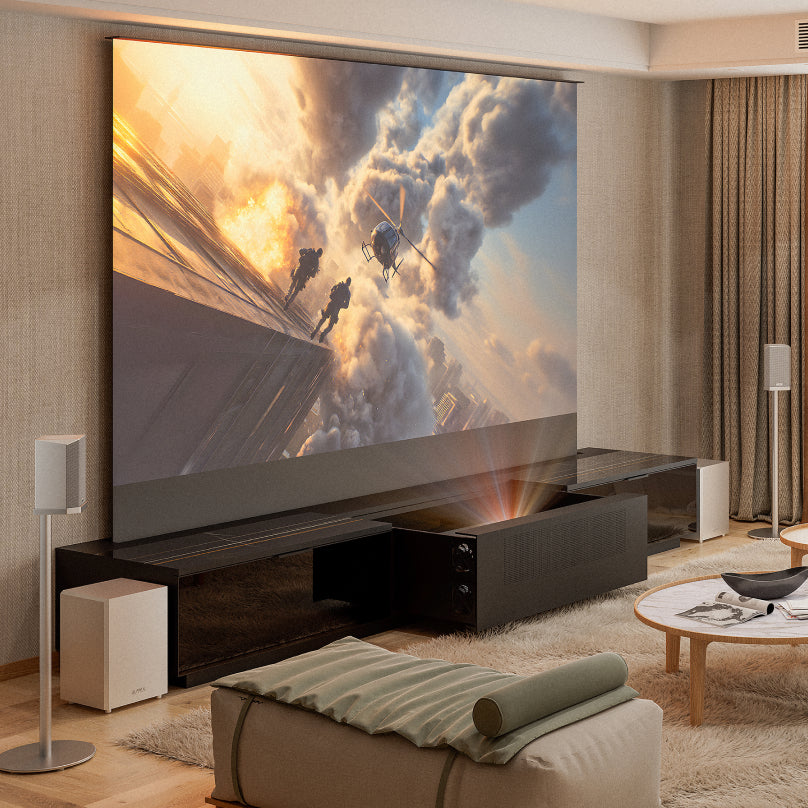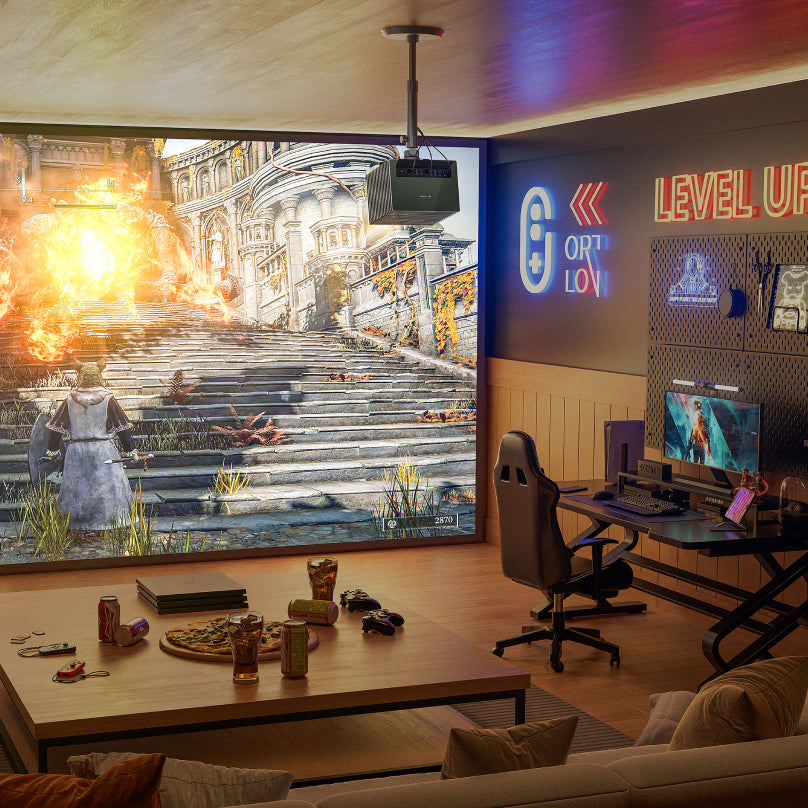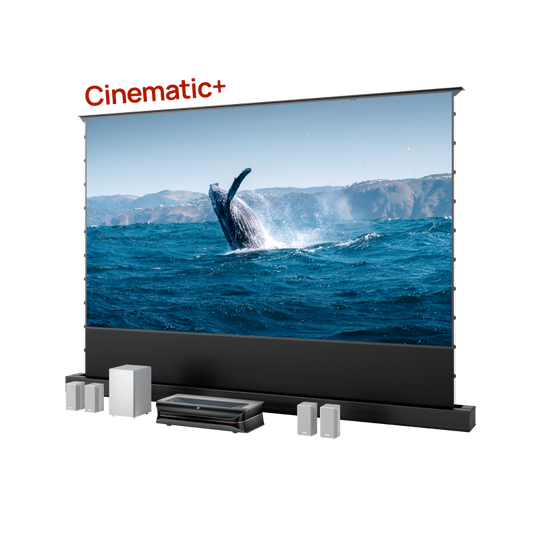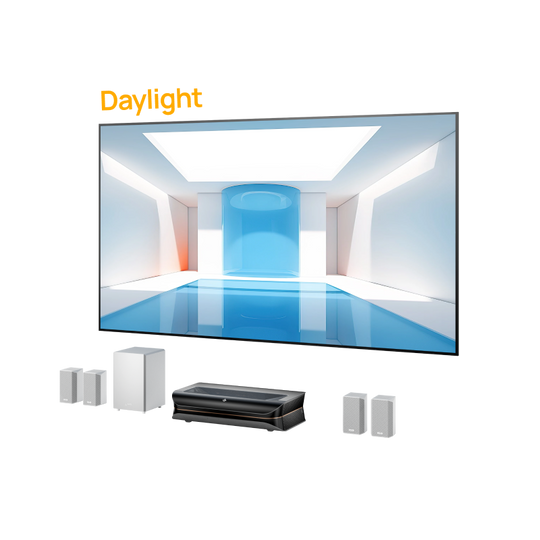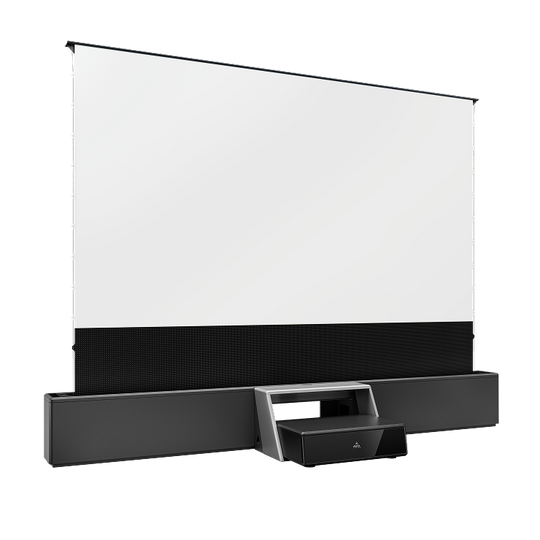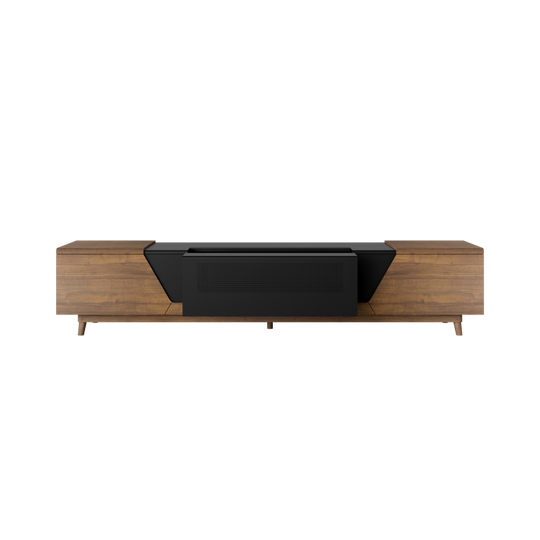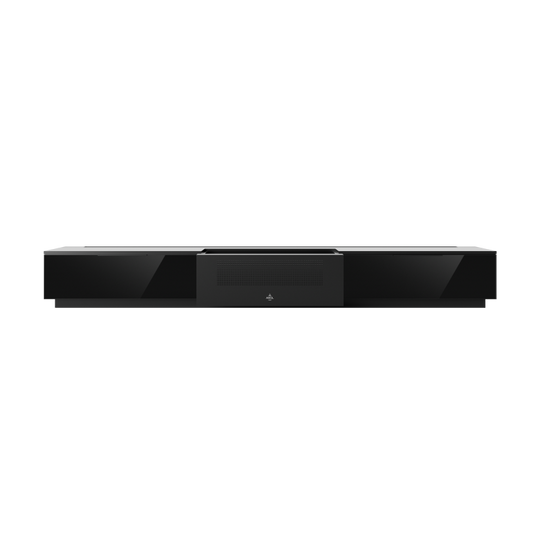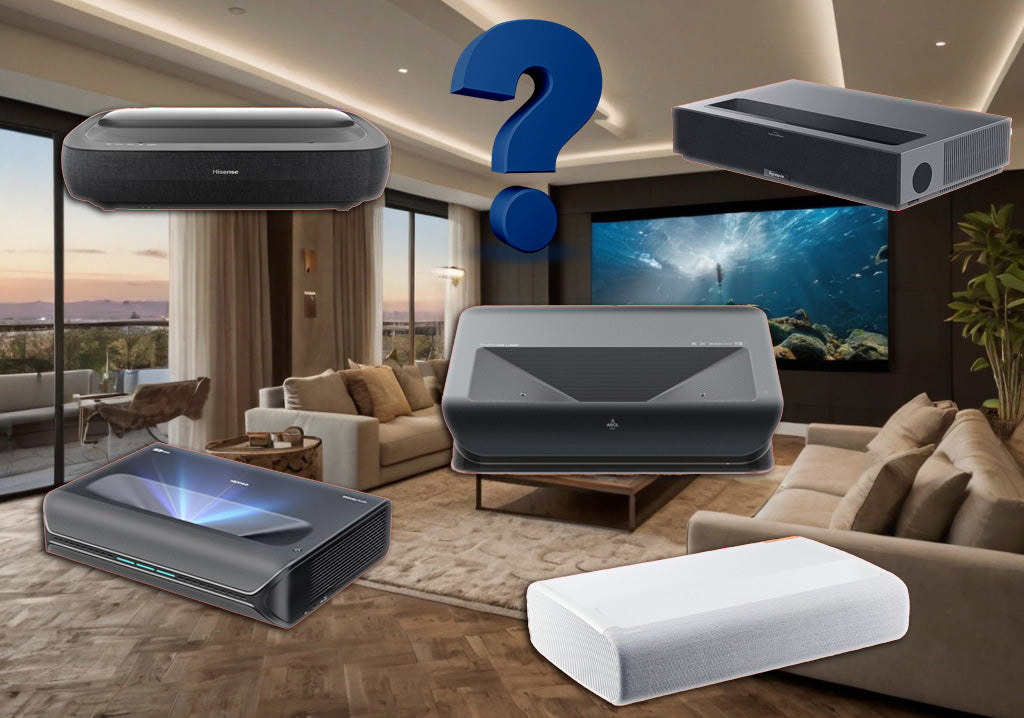The basics of DLP technology
Digital Light Processing (DLP) technology, developed by Texas Instruments, uses a Digital Micromirror Device (DMD) to generate images. A DMD is a semiconductor chip with thousands of tiny mirrors, each representing a pixel. These mirrors can be tilted to direct the light towards or away from the projector's lens, creating an image by reflecting the light.
DLP projectors are known for their high brightness, excellent color accuracy and reliability. They are used in many different applications, from home theaters to projectors for large events or in movie theaters.
Introduction to 4K DLP Projectors
4K DLP projectors have undoubtedly revolutionized the viewing experience for home cinema enthusiasts, delivering UHD images with unparalleled clarity and detail. A key technology driving the evolution from Full HD to UHD projection in the DLP category is XPR (eXpanded Pixel Resolution Digital Light Processing) technology. These projectors use a combination of the existing 1080p DMD (Digital Micromirror Device) chip and XPR technology to produce a 4K UHD image
However, achieving true 4K resolution in DLP projectors is a major challenge. Manufacturing a DMD with over 8 million mirrors (one for each pixel of a 4K image) would be incredibly complex and expensive. This is where XPR technology comes into play.
How XPR technology works
XPR (eXpanded Pixel Resolution) technology is an innovative approach that allows DLP projectors to display 4K resolution without the need for a native 4K DMD chip. Instead, a technique called pixel shifting is used. Here's how it works in 3 basic steps:
Increased frequency: the Full HD DMD chip operates at a higher frequency, typically 240 Hz instead of the standard 60 Hz for 1080p resolution. This allows the chip to process four times the amount of information per second.
Image composition: A processor breaks down the 4K image with 8 million pixel from the source into four Full HD images with 2 million pixel. The DMD chip projects these four Full HD images 240 times per second, each of them 60 times per second.
Pixel shifting: XPR technology shifts the position of the DMD mirrors and the four Full HD images are displayed in different places on the screen, creating a single 4K image. This shift occurs so quickly that the human eye perceives it as a single, seamless image.

Detailed mechanism
A typical 4K DLP projector uses a 0.47-inch DMD chip with a native resolution of 1920 x 1080 pixels. The XPR module, which is installed between the DMD chip and the projector's lens, consists of an optical component (a piece of specially machined glass) and an electromechanical part (electromagnetic coils). The optical component directs the light beam while the electromagnets move the glass to shift the image both horizontally and vertically.
The DMD chip increases its operating frequency to 240 Hz so that it can display four partial images at 60 Hz each. The XPR module then moves these sub-images to different positions, creating the 8.3 million pixels required for 4K resolution. This rapid movement is imperceptible to the human eye and results in a seamless 4K image.
The XPR module is super-fast with transition times of <1.2 ms and a low noise level of typically <20 dBA at a distance of 30 cm.

Advantages of XPR DLP technology
Cost-effectiveness: by using pixel shifting, manufacturers can produce 4K projectors at a lower cost than developing native 4K DMD chips, making high-resolution projectors more accessible to consumers.
Compact design: XPR DLP projectors can be more compact and lightweight compared to their native 4K counterparts. This is because they do not require a larger DMD chip and a huge optical block to achieve 4K resolution.
Reliable performance: DLP projectors are durable and have a long lifespan. XPR technology preserves the reliability of DLP and ensures consistent performance over time.
Considerations and Drawbacks
Precision required: Small inaccuracies in the XPR module or in the installation of the module in the projector's optical block can affect image clarity and contrast.
Reduced native contrast: Controlling the light through the XPR module can reduce the overall contrast compared to native 1080p projectors.
Noise: Even though the XPR module claims a noise level of less than 20db, moving parts inside the projector will always cause some noise.
Conclusion
XPR DLP technology represents a significant advance in the world of digital projection. Through the sophisticated use of pixel shifting, it allows DLP projectors to deliver stunning 4K resolution at a fraction of the cost and complexity of native 4K systems.
XPR DLP technology is used in a wide range of 4K projectors, from home theater models to professional and educational projectors. It allows users to enjoy the stunning detail and clarity of 4K resolution without having to pay the high price of native 4K projectors. Whether you're watching a blockbuster movie, giving an important business presentation or playing an exciting game, XPR DLP projectors deliver an exceptional viewing experience by immersing you in the ultra-high-definition digital world.
AWOL Vision

